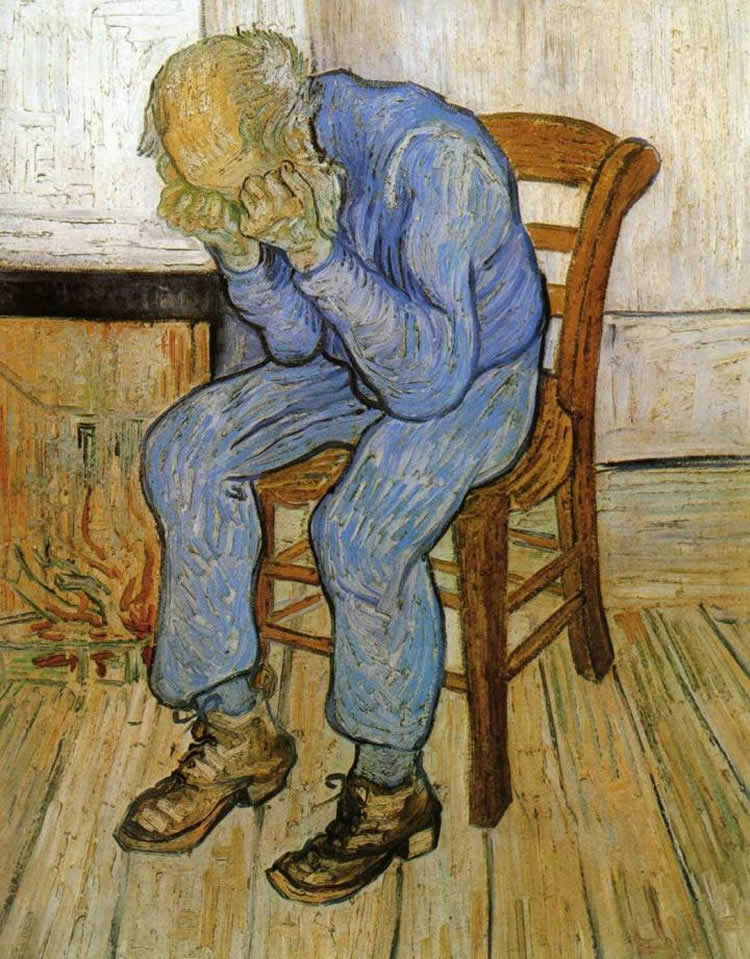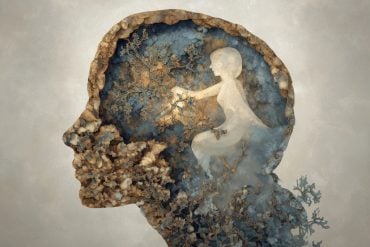Finding could lead to development of a new, safer way to rapidly treat depression.
At its best, the drug ketamine relieves depression within two hours and its beneficial effect on patients may last a week. At its worst, ketamine, the party drug “Special K,” is addictive and may send recreational users into hallucinations and delusions. Some have experienced disorientation that they call the “K-hole.”
Because of the potential for misuse and addiction, explained researcher Daniel Lodge, Ph.D., of The University of Texas Health Science Center at San Antonio, “You have a novel, highly effective treatment for depression, but you can’t give it to people to take at home or on a routine basis.”
Antidepressants usually take at least two weeks to show any effect in the patients they help, and not all patients benefit. If a drug were fast-acting and provided sustained relief from depression, the risk of suicide among patients would be reduced.

The problem with ketamine is that the drug acts on receptors located throughout the brain, making it difficult to control its effects.
Finding an answer
Using state-of-the-art research techniques in rats, Dr. Lodge and colleagues from the Health Science Center’s Department of Pharmacology identified a brain circuit that brings about the beneficial effects of ketamine. The circuit sends signals between the hippocampus and the prefrontal cortex. The researchers found that activating the circuit in rats causes antidepressant-like effects similar to those caused by ketamine, whereas preventing activation of the circuit eliminates the antidepressant-like effects of ketamine.
“The idea is, if one part of the brain contributes to the beneficial effects of ketamine, and another part contributes to its abuse and effects such as hallucinations, now we can come up with medications to target the good part and not the bad,” said Flavia R. Carreno, Ph.D., lead author of the study.
Identifying this mechanism now gives scientists a target, Dr. Lodge explained. “The next step is finding a drug that interacts selectively with it. And we have some ideas how to do that.”
Funding: The study is supported by National Institute of Mental Health grants to Dr. Lodge, associate professor of pharmacology, and Alan Frazer, Ph.D., professor and chairman of pharmacology in the School of Medicine. A research grant from the Institute for Integration of Medicine and Science and the School of Medicine at the UT Health Science Center also contributed to the collaboration between the Frazer and Lodge labs.
Dr. Carreno is a research instructor in Dr. Frazer’s laboratory.
Source: Will Sansom – UT Health Science Center San Antonio
Image Credit: The image is credited to Vincent van Gogh and is in the public domain
Original Research: Abstract for “Activation of a ventral hippocampus–medial prefrontal cortex pathway is both necessary and sufficient for an antidepressant response to ketamine” by F R Carreno, J J Donegan, A M Boley, A Shah, M DeGuzman, A Frazer and D J Lodge in Molecular Psychiatry. Published online December 1 2015 doi:10.1038/mp.2015.176
Abstract
Activation of a ventral hippocampus–medial prefrontal cortex pathway is both necessary and sufficient for an antidepressant response to ketamine
A single sub-anesthetic dose of ketamine exerts rapid and sustained antidepressant effects. Here, we examined the role of the ventral hippocampus (vHipp)-medial prefrontal cortex (mPFC) pathway in ketamine’s antidepressant response. Inactivation of the vHipp with lidocaine prevented the sustained, but not acute, antidepressant-like effect of ketamine as measured by the forced swim test (FST). Moreover, optogenetic as well as pharmacogenetic specific activation of the vHipp–mPFC pathway using DREADDs (designer receptors exclusively activated by designer drugs) mimicked the antidepressant-like response to ketamine; importantly, this was pathway specific, in that activation of a vHipp to nucleus accumbens circuit did not do this. Furthermore, optogenetic inactivation of the vHipp/mPFC pathway at the time of FST completely reversed ketamine’s antidepressant response. In addition, we found that a transient increase in TrkB receptor phosphorylation in the vHipp contributes to ketamine’s sustained antidepressant response. These data demonstrate that activity in the vHipp–mPFC pathway is both necessary and sufficient for the antidepressant-like effect of ketamine.
“Activation of a ventral hippocampus–medial prefrontal cortex pathway is both necessary and sufficient for an antidepressant response to ketamine” by F R Carreno, J J Donegan, A M Boley, A Shah, M DeGuzman, A Frazer and D J Lodge in Molecular Psychiatry. Published online December 1 2015 doi:10.1038/mp.2015.176







